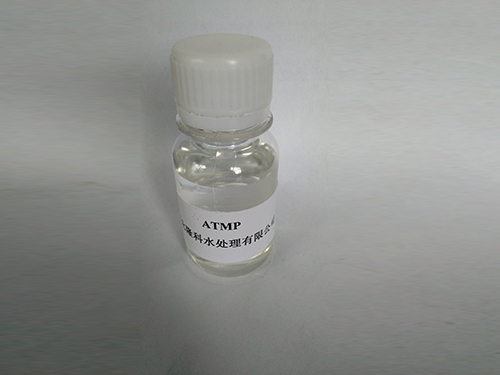dry polyacrylamide
Understanding Dry Polyacrylamide Applications and Benefits
Dry polyacrylamide (PAM) is a versatile polymer widely used in various industrial and agricultural applications due to its unique properties. This water-soluble substance is formed from acrylamide monomers and can be found in different forms, including powder and granules. The significance of dry polyacrylamide lies in its ability to enhance water retention, improve soil structure, and aid in wastewater treatment.
One of the primary applications of dry polyacrylamide is in agriculture. Farmers and agricultural professionals utilize PAM to improve soil quality and increase crop yields. When mixed with soil, dry polyacrylamide helps to retain moisture, reducing the need for frequent irrigation. This is particularly beneficial in arid regions where water conservation is critical. Additionally, PAM improves soil structure by promoting the aggregation of soil particles. This aggregation enhances aeration and root penetration, ensuring that plants receive adequate nutrients and water.
In the realm of wastewater treatment, dry polyacrylamide plays a crucial role as a flocculating agent. It assists in the removal of suspended solids and contaminants from water, making it an essential component in municipal and industrial wastewater treatment processes. When dissolved in water, polyacrylamide chains attract and bind with pollutants, forming larger clusters that can be easily separated from the treated water. This process not only improves water quality but also helps in meeting environmental regulations.
dry polyacrylamide

The application of dry polyacrylamide extends beyond agriculture and wastewater management. It is also utilized in various industries, including mining, oil recovery, and the production of cosmetics and pharmaceuticals. In the oil industry, for instance, PAM is used to enhance oil recovery from reservoirs by improving the mobility of crude oil. Its thickening properties are valuable in creating gels and emulsions, which are essential in the formulation of personal care products.
Despite its wide-ranging benefits, the use of dry polyacrylamide is accompanied by certain concerns. Acrylamide, a by-product of PAM, is a recognized neurotoxin and potential carcinogen. Therefore, it is crucial to handle the polymer with care, especially in environments where exposure can occur. Regulatory agencies provide guidelines to ensure safe practices in the use of polyacrylamide.
In conclusion, dry polyacrylamide stands out as a valuable polymer with significant applications across various sectors. Its ability to enhance soil quality, improve wastewater treatment, and support industrial processes showcases its versatility and importance. As the demand for sustainable practices grows, the role of dry polyacrylamide in agriculture and environmental management is likely to expand, making it an essential component in achieving efficiency and sustainability.
-
Water Treatment with Flocculant Water TreatmentNewsJun.12,2025
-
Polymaleic AnhydrideNewsJun.12,2025
-
Polyaspartic AcidNewsJun.12,2025
-
Enhance Industrial Processes with IsothiazolinonesNewsJun.12,2025
-
Enhance Industrial Processes with PBTCA SolutionsNewsJun.12,2025
-
Dodecyldimethylbenzylammonium Chloride SolutionsNewsJun.12,2025





